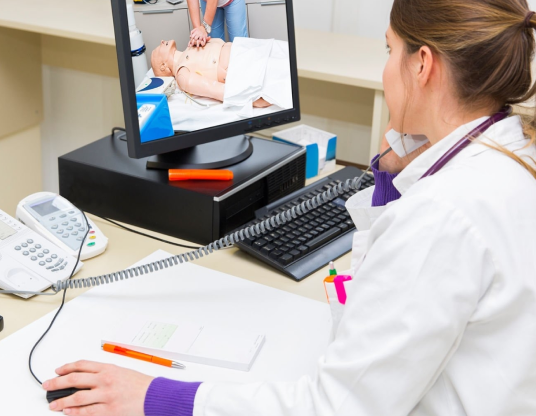Online CPR Course
Our high quality nationally recognized CPR course includes Adult, Child, and Infant CPR techniques. Additionally, our CPR certification course includes training on the use of an Automated External Defibrillator (AED). The CPR/AED certification, led by experts, is valid for 2 years. Read More Our online CPR/AED certification course is 100% online. Read Less
$14.95$24.99
